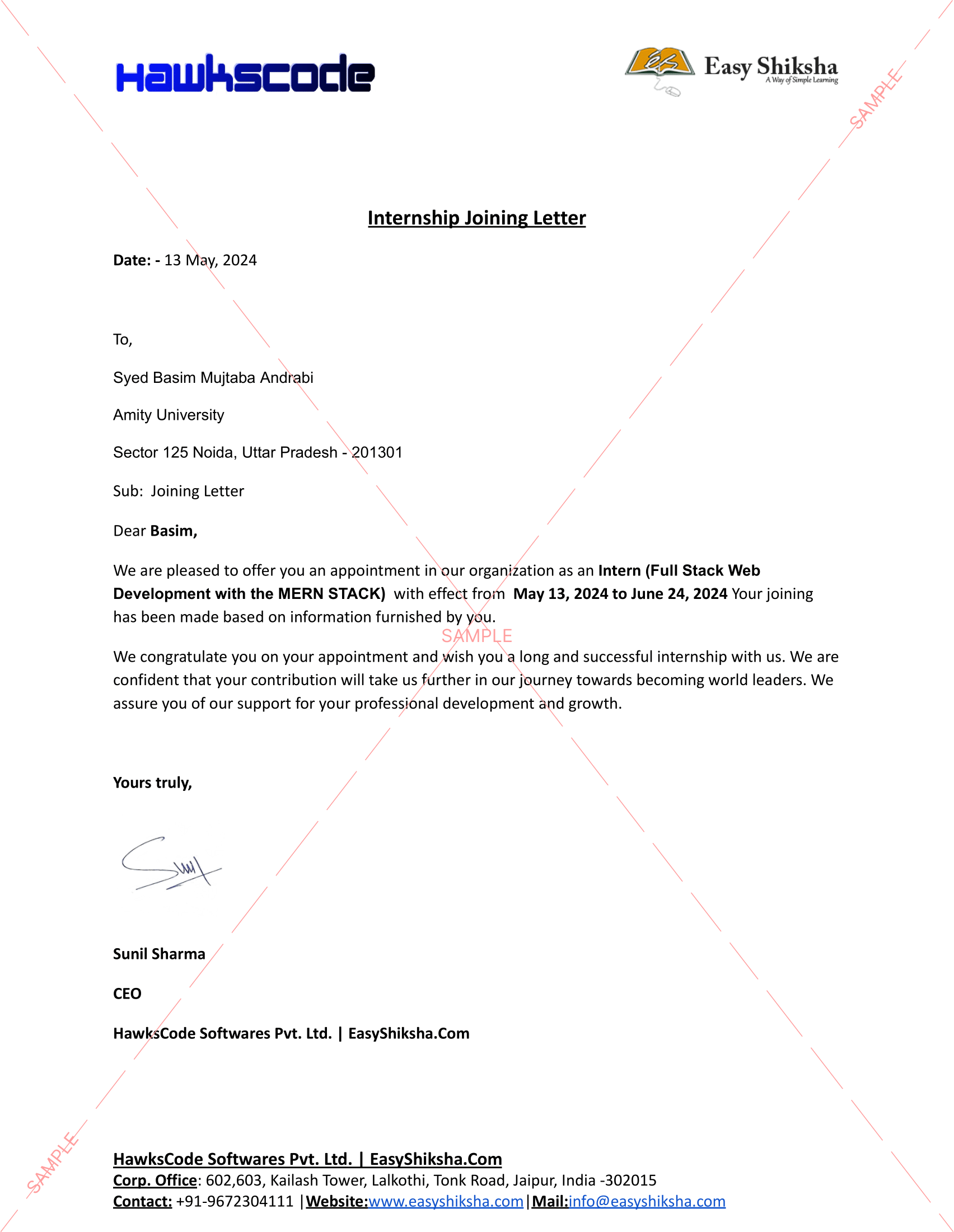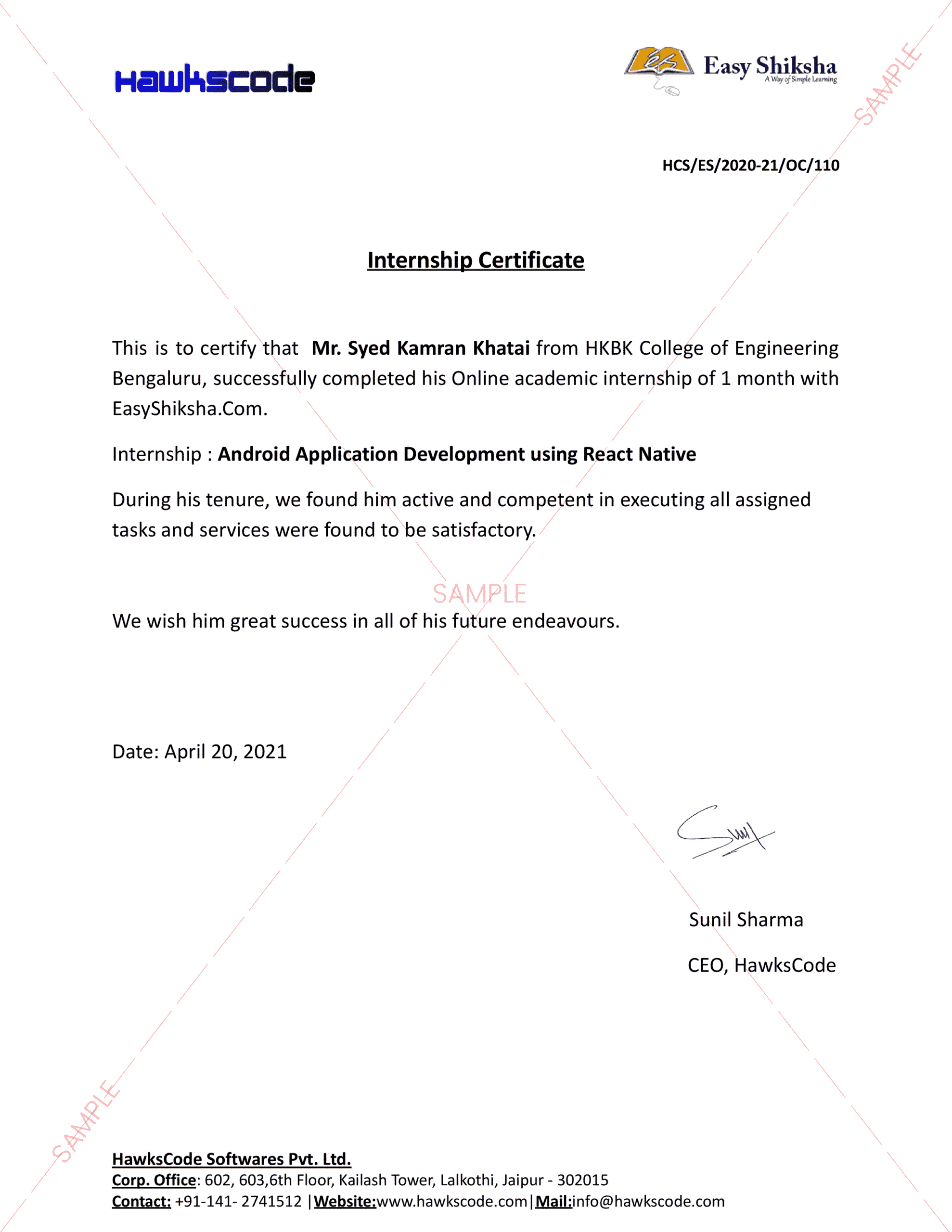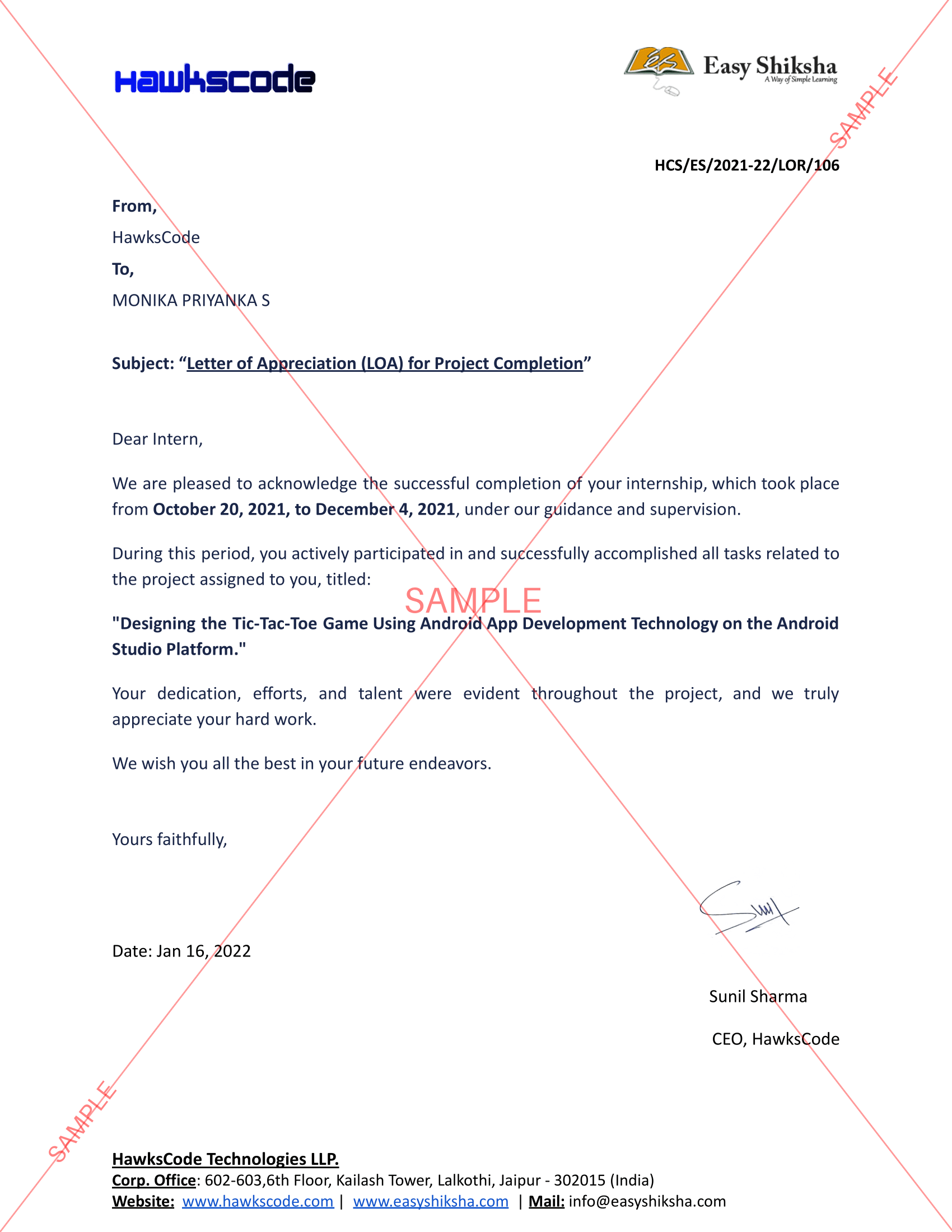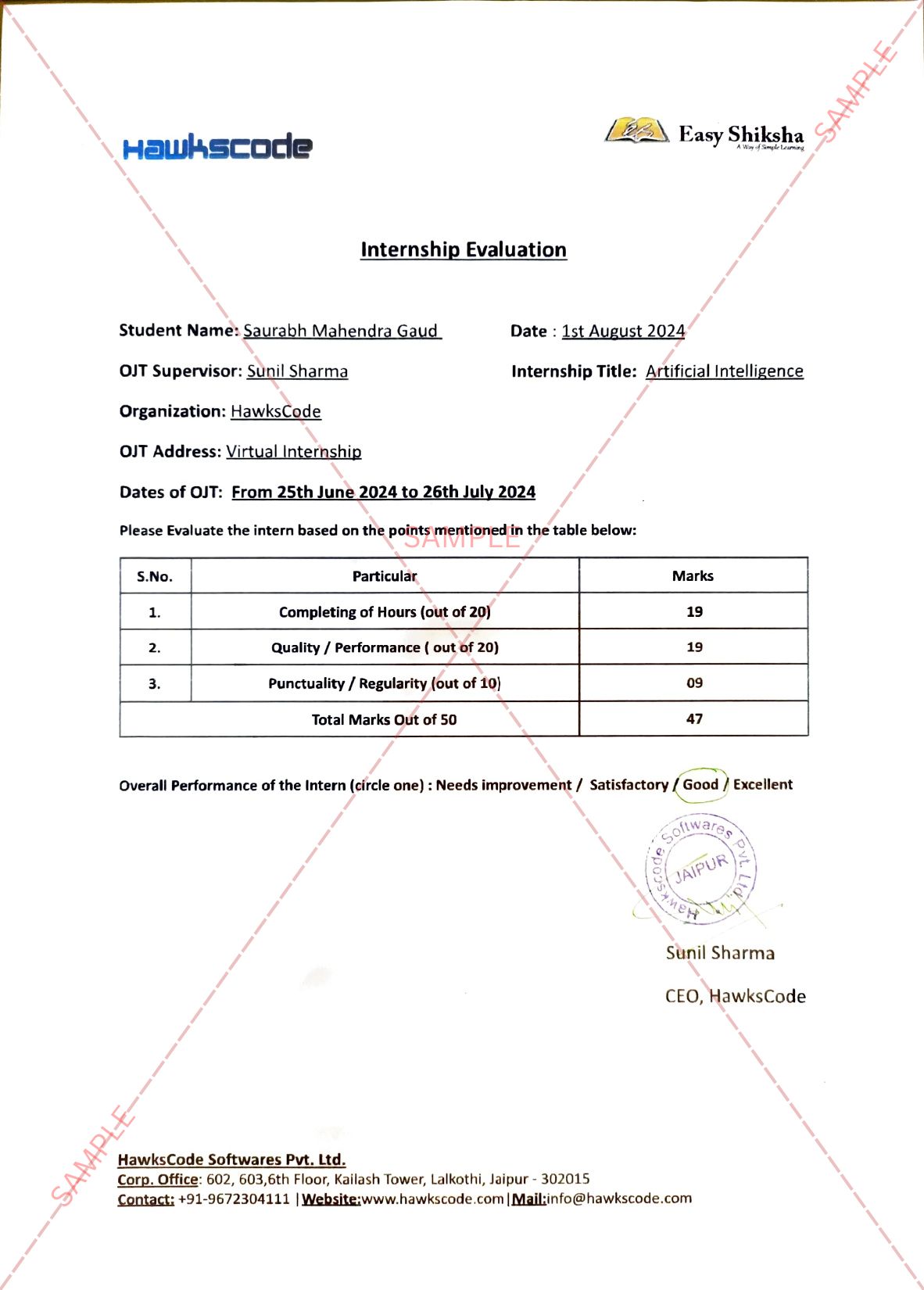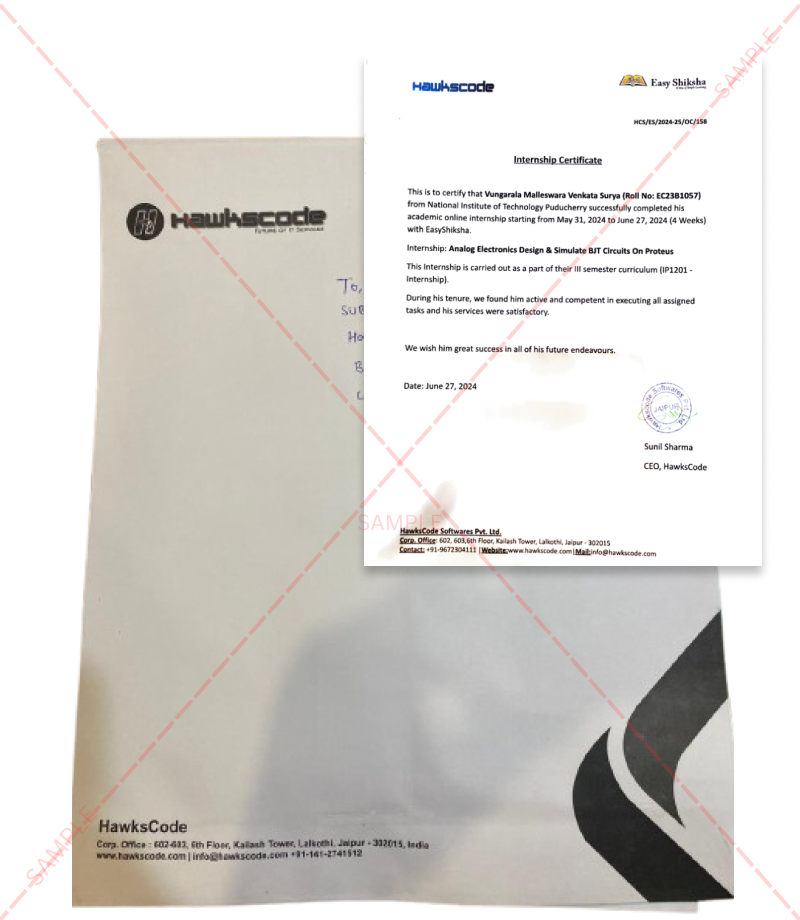London, June 19th: India’s top ranked institution, the Indian Institute of Technology Delhi, has risen up the world rankings to place joint 123rd, the latest QS World University Rankings 2026 *, released today, shows. * The link will be updated with the 2026 results when the embargo is lifted (India’s full results are in the appendix of this release
Close to half of the 46 Indian universities featured in last year’s ranking improved their positions this year. Overall, 54 of the 1,500+ universities from 106 countries and territories featured in the 2026 ranking are from India.
In just a decade, India’s ranked universities have grown from 11 to 54 — a 390% increase, the strongest performance across the G20, and testament to the growing global recognition of India’s higher education excellence.
ALSO READ: Infinite Group Gears Up to Take Its Partners on the Much-Awaited Fam Trip to the UK
| India’s Universities in 2026 QS World University Rankings | ||||
| Rank in India | 2026 Rank | 2025 Rank | Institution | Metropolitan Area |
| 1 | =123 | =150 | Indian Institute of Technology Delhi (IITD) | New Delhi |
| 2 | 129 | 118 | Indian Institute of Technology Bombay (IITB) | Mumbai |
| 3 | 180 | =227 | Indian Institute of Technology Madras (IITM) | Chennai |
| 4 | =215 | =222 | Indian Institute of Technology Kharagpur (IITKGP) | Kharagpur |
| 5 | =219 | 211 | Indian Institute of Science (IISc) Bangalore | Bangalore |
| 6 | 222 | 263 | Indian Institute of Technology Kanpur (IITK) | Kanpur |
| 7 | =328 | =328 | University of Delhi | New Delhi |
| 8 | =334 | =344 | Indian Institute of Technology Guwahati (IITG) | Guwahati |
| 9 | =339 | 335 | Indian Institute of Technology Roorkee (IITR) | Roorkee |
| 10 | =465 | 383 | Anna University | Chennai |
India’s top two highest ranking institutions perform better than more than 91% of institutions featuring in the QS World University Rankings 2026. IITD has climbed more than 70 places in two years, ranking at =123rd this year compared with 197th in 2024. This has been down to outstanding results in Employer Reputation (where it now ranks 50th), Citations (86th), Sustainability (172nd), and Academic Reputation (142nd).
With eight new institutions added to the ranking this year, India now has 54 institutions included, making it the fourth most represented country behind only the US (192 institutions), the UK (90 institutions) and Mainland China (72 institutions). No other country or territory has seen as many universities added to the ranking this year. Jordan and Azerbaijan are second most improved and have both seen six added in 2026.
| Global comparison with top represented countries and locations in QS World University Rankings 2026 | ||||||||
| No HEi ranked | No of HEi with lower YoY rank | Lower % | No of HEi with same YoY rank | Same % | No of HEi with higher YoY rank | Higher % | New | |
| United States | 192 | 60 | 32% | 49 | 26% | 78 | 42% | 5 |
| United Kingdom | 90 | 54 | 61% | 11 | 12% | 24 | 27% | 1 |
| China (Mainland) | 72 | 25 | 35% | 14 | 20% | 32 | 45% | 1 |
| India | 54 | 11 | 24% | 13 | 28% | 22 | 48% | 8 |
| Germany | 48 | 17 | 35% | 5 | 10% | 26 | 54% | 0 |
Strengths:
- Employer Reputation (ER): five Indian institutions feature in the global top 100, and with an average score of 24.9, India is now ahead of Mainland China (23.7), Finland (23.1) and France (21.5).
| Overall Rank | Institution | ER Score | ER Rank | Change |
| =123 | Indian Institute of Technology Delhi (IITD) | 95.0 | 50 | +23 |
| 129 | Indian Institute of Technology Bombay (IITB) | 96.7 | 39 | +24 |
| 180 | Indian Institute of Technology Madras (IITM) | 85.8 | 87 | +40 |
| 222 | Indian Institute of Technology Kanpur (IITK) | 82.7 | 95 | +47 |
| 696 | Symbiosis International (Deemed University) | 94.7 | 51 | -20 |
- Citations per Faculty (CpF): With eight institutions in global top 100 in this indicator, India performs among the 21 best countries and territories in the world. Its average score of 43.7 puts it ahead of Germany (41.6), the UK (39.2), the US (38.1) and Ireland (36.8).
| Overall Rank | Institution | CpF Score | CpF Rank | Change |
| =123 | Indian Institute of Technology Delhi (IITD) | 93.1 | 86 | +40 |
| =215 | Indian Institute of Technology Kharagpur (IITKGP) | 97 | 55 | +21 |
| =219 | Indian Institute of Science (IISc) Bangalore | 99.9 | 15 | -4 |
| =334 | Indian Institute of Technology Guwahati (IITG) | 96.9 | 56 | -14 |
| =339 | Indian Institute of Technology Roorkee (IITR) | 96.6 | 61 | -6 |
| =465 | Anna University | 99.8 | 23 | -21 |
| =556 | Indian Institute of Technology Indore | 96.9 | 57 | -10 |
| =566 | Indian Institute of Technology BHU Varanasi (IIT BHU Varanasi) | 98 | 47 | +1 |
- Employment Outcomes (EO): Despite India having the 11th lowest average score in this indicator (17.3), two universities from the country are in the top 100.
| Overall Rank | Institution | EO Score | EO Rank | Change |
| =328 | University of Delhi | 98.9 | 30 | +14 |
| =664 | University of Mumbai | 91 | 95 | +24 |
Jessica Turner, CEO of QS, said: “India is rewriting the global higher education map. No other country has seen more universities debut in this edition of the QS World University Rankings — a clear sign of a system evolving at speed and scale.” “The National Education Policy 2020 has sought to promote India as a global study destination and restore its role as a Vishwa Guru. The government also recognises the value of attracting international students and has introduced an ‘internationalisation at home’ agenda to advance this ambition.”
Turner added: “In the world’s most populous nation — with more than 40% of its people under 25 — the drive to expand both access and quality is not just an education agenda, it is a national imperative. Delivering on India’s 50% Gross Enrolment Ratio target by 2035 will require growth on an extraordinary scale — equivalent to building 14 new universities every week, according to QS estimates.”
“We see clear progress: Indian universities are strengthening their global research footprint and advancing in areas such as Citations per Faculty, Sustainability, and International Research Network. But the rankings also highlight the next frontier — attracting more international students and faculty and building academic capacity to support quality at scale.”
She concluded: “Transnational education and Transnational Research will be a vital part of this transformation. We are seeing a two-way flow accelerating: leading global universities are establishing offshore campuses and joint programmes in India, while Indian institutions are beginning to export their own education by building TNE partnerships and campuses abroad, with joint research as a key component of partnership development. This dynamic is creating a richer, more connected higher education ecosystem — one that will help India meet its domestic needs while expanding its global influence. A system of this scale has the potential not just to participate in the global education landscape — but to help shape its future.”
| India’s results per indicator | ||||
| % Decrease | % Equal | % Increase | % New | |
| Academic Reputation 30% | 54% | 0% | 31% | 15% |
| Employer Reputation 15% | 46% | 0% | 39% | 15% |
| Faculty Student Ratio 10% | 63% | 0% | 22% | 15% |
| Citations per Faculty 20% | 19% | 2% | 65% | 15% |
| International Faculty Ratio 5% | 52% | 0% | 9% | 39% |
| International Students Ratio 5% | 78% | 0% | 7% | 15% |
| International Research Network 5% | 33% | 0% | 52% | 15% |
| Employment Outcomes 5% | 44% | 0% | 41% | 15% |
| Sustainability 5% | 28% | 0% | 57% | 15% |
Challenges
- International Students Ratio (5% weighting):
78% of Indian universities saw a decline in this indicator this year, reflecting the continuing challenge of attracting international students at scale. This has implications not just for rankings, but for the student experience: opportunities for global networking, cross-cultural learning, and exposure to diverse perspectives — hallmarks of leading universities worldwide — remain limited in many Indian institutions. - No Indian university currently features among the global top 500 for this metric. Amity University in Noida ranks highest, at 540th, with a score of 34.9. Even India’s top-performing research institutions — the IITs — which excel in indicators such as Academic Reputation and Citations per Faculty, do not feature among the world’s top 1,200 for International Student ratio. This highlights a key area for future focus as India seeks to strengthen its global engagement and position itself as a truly international education destination.
- Faculty Student Ratio (10% weighting):
O. P. Jindal Global University (JGU) is the only Indian university to feature in the global top 350 for Faculty/Student Ratio, ranking 257th this year — an improvement of 25 places since last year. However, 63% of Indian universities saw a decline in this indicator, reflecting one of the most complex structural challenges facing the sector. Faculty/Student Ratio is a critical measure of academic capacity and educational quality. As Indian universities work to expand access and enrolment, the ability to scale faculty recruitment in parallel remains a persistent pressure point — particularly across the public sector, where resource constraints and regulatory frameworks can slow the pace of hiring. Institutions like JGU, with a private model and more flexible governance, demonstrate that progress is possible. However, achieving systemic improvement in this area will require long-term investment in academic staffing, innovative delivery models, and greater agility in talent attraction and retention. Strengthening this aspect is key to ensuring students across India receive the quality education and learning experience they deserve.
Six of India’s 11 public and private institutes of eminence have improved their positions this year, including Indian Institute of Technology Madras (IITM) which climbed 47 places and entered the top 200 for the first time at 180th.
All three private institutes of eminence increased their positions, with only two private universities – Shoolini University of Biotechnology and Management Sciences (503rd) and Chandigarh University (575th) – ahead of Birla Institute of Technology and Science at 668th.
| Rank in India | 2026 Rank | 2025 Rank | Change | Institution | Status |
| 1 | =123 | =150 | +27 | Indian Institute of Technology Delhi (IITD) | Public |
| 2 | 129 | 118 | -11 | Indian Institute of Technology Bombay (IITB) | Public |
| 3 | 180 | =227 | +47 | Indian Institute of Technology Madras (IITM) | Public |
| 4 | =215 | =222 | +7 | Indian Institute of Technology Kharagpur (IITKGP) | Public |
| 5 | =219 | 211 | -8 | Indian Institute of Science (IISc) Bangalore | Public |
| 7 | =328 | =328 | 0 | University of Delhi | Public |
| 19 | =668 | 801-850 | +14 | Birla Institute of Technology and Science | Private not for Profit |
| 27= | 801-850 | 801-850 | 0 | University of Hyderabad | Public |
| 29= | 851-900 | 901-950 | +1 | Manipal Academy of Higher Education – Manipal University (MAHE) | Private not for Profit |
| 29= | 851-900 | 1001-1200 | +3 | O. P. Jindal Global University (JGU) | Private not for Profit |
| 38= | 1001-1200 | 1001-1200 | 0 | Banaras Hindu University | Public |
Dr. Ashwin Fernandes, QS Regional Director – Middle East, Africa & South Asia, said:
“India’s remarkable progress in this year’s QS World University Rankings reflects not only the rising global stature of its leading institutions, but also the growing breadth and ambition of its higher education landscape. The addition of eight new universities to the rankings, more than any other country, signals an encouraging trajectory. With increasing global engagement, investment in research, and a sharp focus on employability, Indian universities are beginning to align more closely with the expectations of a rapidly evolving knowledge economy.”
Global context: a competitive landscape
The QS World University Rankings 2026 evaluates 1,500+ institutions across 106 countries and territories. Global competition is intensifying, particularly across Europe, North America, and Asia:
- MIT retains its top position for the 14th year, followed by Imperial College London (2nd) and Stanford University (3rd).
- The United States remains the most represented system, with 192 universities, and sees more institutions rise than fall in this edition.
- Germany sees more universities improve than decline, a reversal from recent.
- Italy enters the global top 100 for the first time, with Politecnico di Milano ranked 98th.
- China continues its ascent. Peking University holds on to its 14th place, while Tsinghua University rises to 17th, and Fudan University climbs nine spots to 30th, signalling a strong research-led push.
- Hong Kong SAR is also the world’s second most improved higher education system in this edition, among those with five or more ranked universities. Only Ireland improves by more.
These shifts underscore the growing importance of international visibility, talent attraction, and cross-border collaboration, areas where Indian universities must now focus to increase their regional and global competitiveness.
| QS World University Rankings 2026: Top 10 | |||
| 2026 Rank | 2025 Rank | Institution | Location |
| 1 | 1 | Massachusetts Institute of Technology (MIT) | United States of America |
| 2 | 2 | Imperial College London | United Kingdom |
| 3 | 6 | Stanford University | United States of America |
| 4 | 3 | University of Oxford | United Kingdom |
| 5 | 4 | Harvard University | United States of America |
| 6 | 5 | University of Cambridge | United Kingdom |
| 7 | 7 | ETH Zurich (Swiss Federal Institute of Technology) | Switzerland |
| 8 | 8 | National University of Singapore (NUS) | Singapore |
| 9 | 9 | UCL (University College London) | United Kingdom |
| 10 | 10 | California Institute of Technology (Caltech) | United States of America |
The QS World University Rankings 2026 is based on a weighted index of indicators listed below.
For further details, visit the QS methodology page.
| Lens | Weighting | Indicator | Weighting |
| Research and Discovery | 50% | Academic Reputation | 30% |
| Citations per Faculty | 20% | ||
| Employability and Outcomes | 20% | Employer Reputation | 15% |
| Employment Outcomes | 5% | ||
| Global Engagement | 15% | International Faculty Ratio | 5% |
| International Research Network | 5% | ||
| International Student Diversity | 0% | ||
| International Student Ratio | 5% | ||
| Learning Experience | 10% | Faculty Student Ratio | 10% |
| Sustainability | 5% | Sustainability | 5% |
The full QS World University Rankings 2026 will be published as the embargo lifts on Thursday 19 June at 4:30 AM IST and will be available at www.topuniversities.com/world-university-rankings.  Online Courses with Certification
Online Courses with Certification
QS Quacquarelli Symonds is the world’s leading provider of services, analytics, and insight to the global higher education sector, whose mission is to empower motivated people anywhere in the world to fulfil their potential through educational achievement, international mobility, and career development.
The QS World University Rankings portfolio, inaugurated in 2004, is the world’s most popular source of comparative data about university performance. Their flagship website, www.TopUniversities.com – the home of their rankings – was viewed more than 120 million times in 2024, and over 134,000 media clippings pertaining to, or mentioning, QS were published by media outlets across the world in 2024.
Appendix
| Rank in India | 2026 Rank | 2025 Rank | Institution | Metropolitan Area |
| 1 | =123 | =150 | Indian Institute of Technology Delhi (IITD) | New Delhi |
| 2 | 129 | 118 | Indian Institute of Technology Bombay (IITB) | Mumbai |
| 3 | 180 | =227 | Indian Institute of Technology Madras (IITM) | Chennai |
| 4 | =215 | =222 | Indian Institute of Technology Kharagpur (IITKGP) | Kharagpur |
| 5 | =219 | 211 | Indian Institute of Science (IISc) Bangalore | Bangalore |
| 6 | 222 | 263 | Indian Institute of Technology Kanpur (IITK) | Kanpur |
| 7 | =328 | =328 | University of Delhi | New Delhi |
| 8 | =334 | =344 | Indian Institute of Technology Guwahati (IITG) | 0 |
| 9 | =339 | 335 | Indian Institute of Technology Roorkee (IITR) | Roorkee |
| 10 | =465 | 383 | Anna University | Chennai |
| 11 | 503 | =587 | Shoolini University of Biotechnology and Management Sciences | Solan |
| 12 | =556 | =477 | Indian Institute of Technology Indore | Indore |
| 13 | =558 | =580 | Jawaharlal Nehru University | New Delhi |
| 14= | =566 | =531 | Indian Institute of Technology BHU Varanasi (IIT BHU Varanasi) | Varanasi |
| 14= | =566 | 631-640 | Savitribai Phule Pune University | Pune |
| 16 | =575 | 691-700 | Chandigarh University | Mohali |
| 17= | =664 | 681-690 | Indian Institute of Technology Hyderabad (IITH) | Sangareddy |
| 17= | =664 | 711-720 | University of Mumbai | Mumbai |
| 19 | =668 | 801-850 | Birla Institute of Technology and Science | Pilani |
| 20 | =676 | 721-730 | Jadavpur University | Kolkata |
| 21 | =691 | 791-800 | Vellore Institute of Technology (VIT), Vellore, India | Vellore |
| 22 | 696 | 641-650 | Symbiosis International (Deemed University) | Pune |
| 23 | 731-740 | 701-710 | National Institute of Technology Tiruchirappalli | Tiruchirappalli |
| 24 | 761-770 | 851-900 | Jamia Millia Islamia, New Delhi | 0 |
| 25= | 771-780 | 851-900 | Thapar Institute of Engineering & Technology | Patiala |
| 25= | 771-780 | 751-760 | University of Calcutta | Kolkata |
| 27= | 801-850 | 801-850 | University of Hyderabad | Hyderabad |
| 27= | 801-850 | IIT Gandhinagar | Gandhinagar | |
| 29= | 851-900 | 1001-1200 | O. P. Jindal Global University (JGU) | Sonepat |
| 29= | 851-900 | 901-950 | Manipal Academy of Higher Education – Manipal University (MAHE) | Manipal |
| 31= | 901-950 | Lovely Professional University (LPU) | Chaheru | |
| 31= | 901-950 | 951-1000 | Saveetha Institute of Medical And Technical Sciences (SIMATS) | Tiruvallur |
| 31= | 901-950 | 801-850 | University of Petroleum and Energy Studies (UPES) | Dehradun |
| 31= | 901-950 | 1001-1200 | Panjab University | Chandigarh |
| 35= | 951-1000 | 1001-1200 | Guru Gobind Singh Indraprastha University | New Delhi |
| 35= | 951-1000 | 1001-1200 | Amity University | Noida |
| 35= | 951-1000 | 951-1000 | Indian Institute of Technology Bhubaneswar (IIT BBS) | Bhubaneswar |
| 38= | 1001-1200 | 1001-1200 | Banaras Hindu University | Varanasi |
| 38= | 1001-1200 | 1001-1200 | Aligarh Muslim University (AMU), Aligarh | Aligarh |
| 38= | 1001-1200 | 1001-1200 | SRM Institute of Science and Technology (f.k.a SRM University) | Chennai |
| 38= | 1001-1200 | Kalinga Institute of Industrial Technology | Bhubaneswar | |
| 38= | 1001-1200 | 1001-1200 | Amrita Vishwa Vidyapeetham | Coimbatore |
| 43= | 1201-1400 | Shiv Nadar University | Dadri | |
| 43= | 1201-1400 | 1201-1400 | Sathyabama Institute of Science and Technology | Chennai |
| 43= | 1201-1400 | 1201-1400 | Pondicherry University | Puducherry |
| 43= | 1201-1400 | 1201-1400 | Osmania University, Hyderabad | Hyderabad |
| 43= | 1201-1400 | 1201-1400 | Siksha ‘O’ Anusandhan (Deemed to be University), SOA | Bhubaneswar |
| 43= | 1201-1400 | 1201-1400 | Chitkara University | Rajpura |
| 43= | 1201-1400 | Galgotias University | Greater Noida | |
| 43= | 1201-1400 | Ashoka University | Sonipat | |
| 51= | 1401+ | 1201-1400 | Jamia Hamdard, New Delhi | New Delhi |
| 51= | 1401+ | 1401+ | Indian Institute of Information Technology – Allahabad | Prayagraj |
| 51= | 1401+ | Manav Rachna International Institute of Research and Studies (MRIIRS) | Faridabad | |
| 51= | 1401+ | CHRIST (Deemed to be University), Bengaluru | Bangalore |
Platforms like EasyShiksha.com leverage retargeting to re-engage learners, making it an essential strategy for online education and beyond. Implement these best practices to refine your retargeting approach and achieve long-term success.

